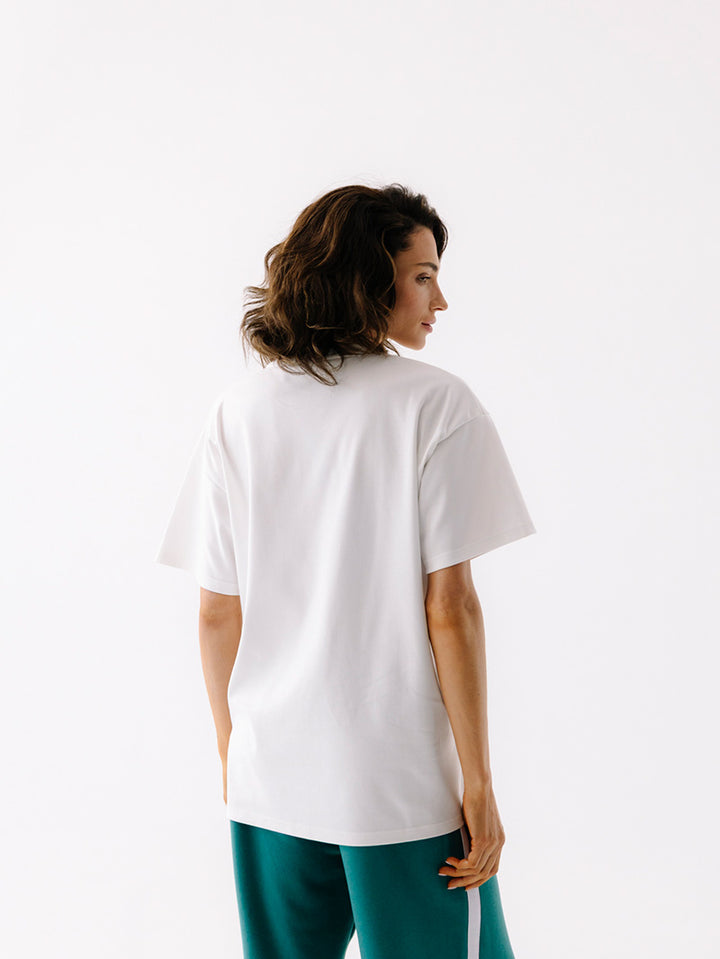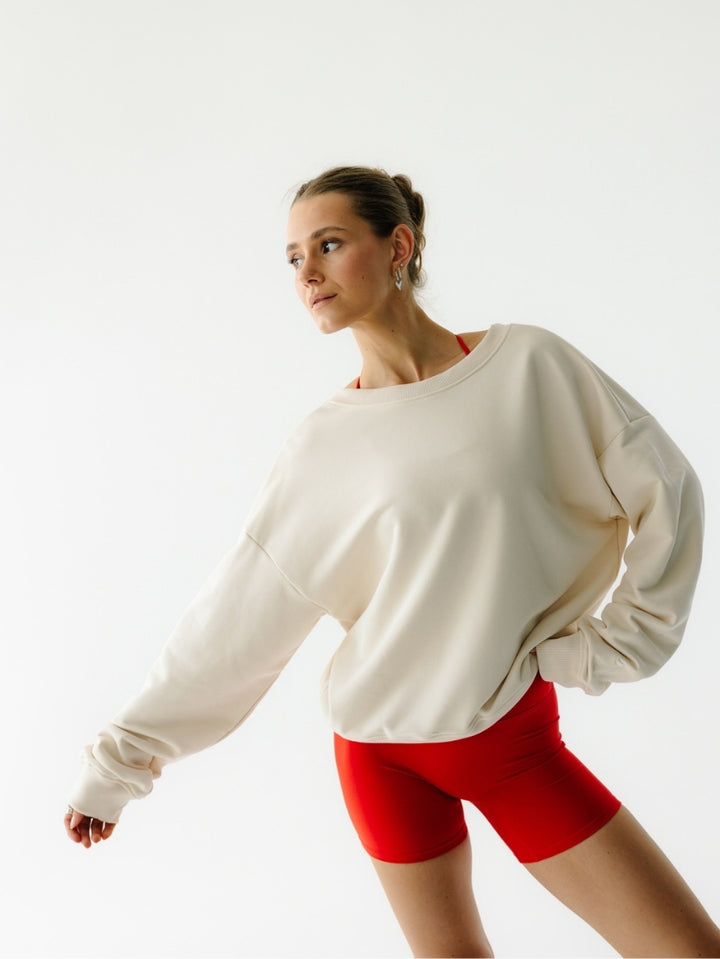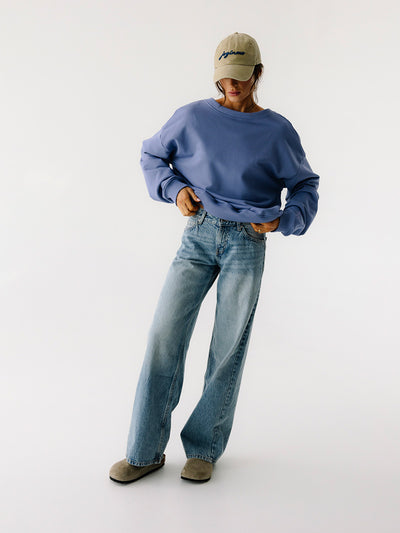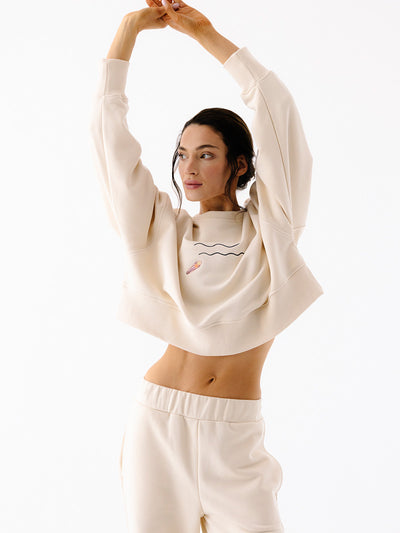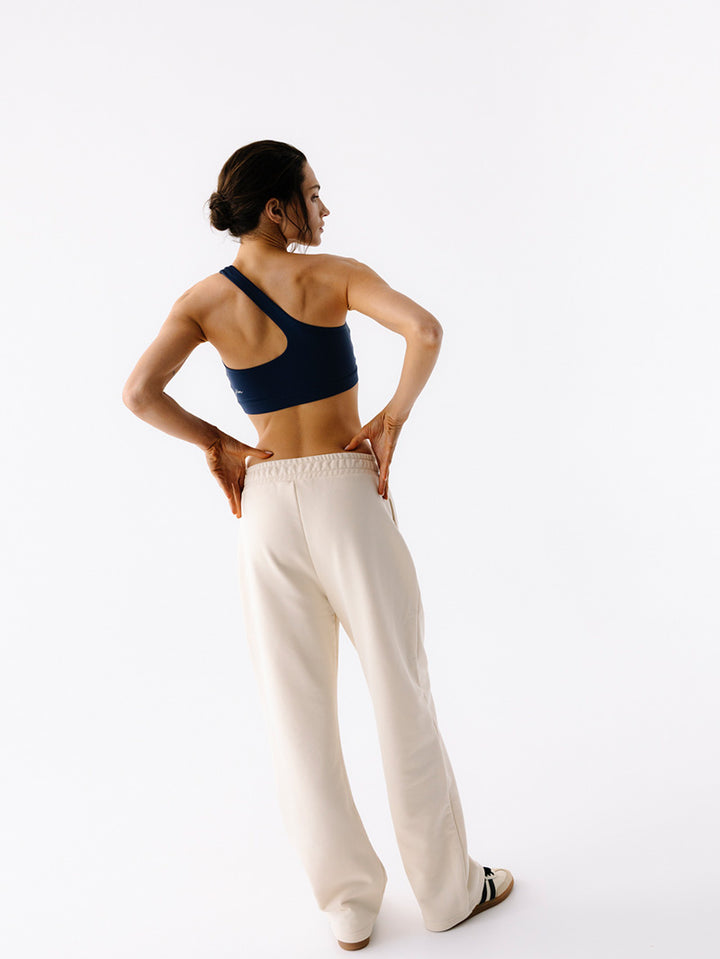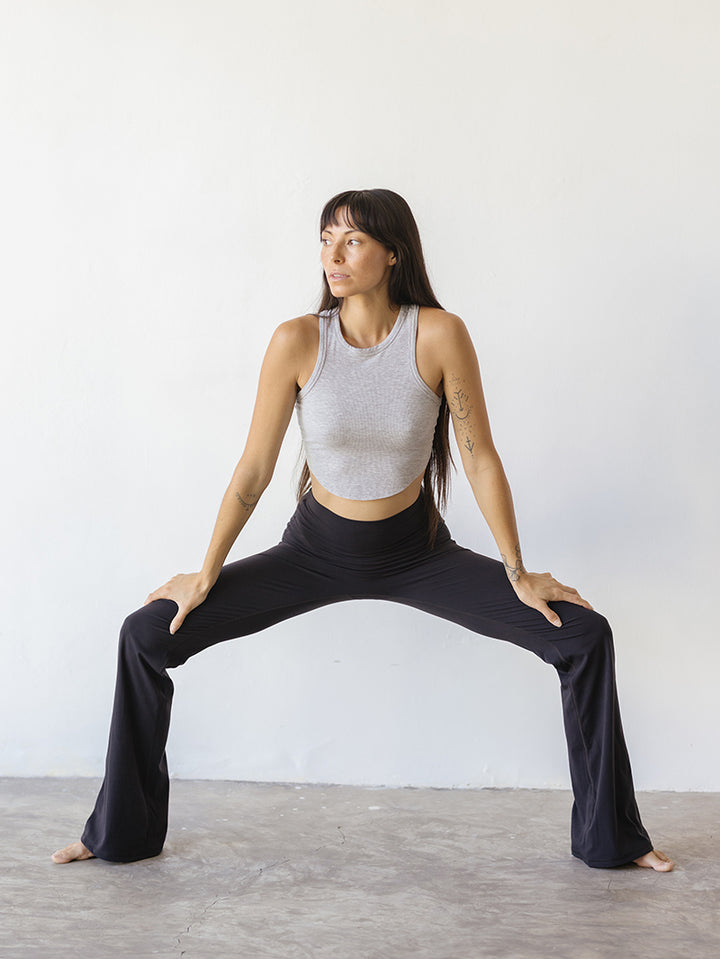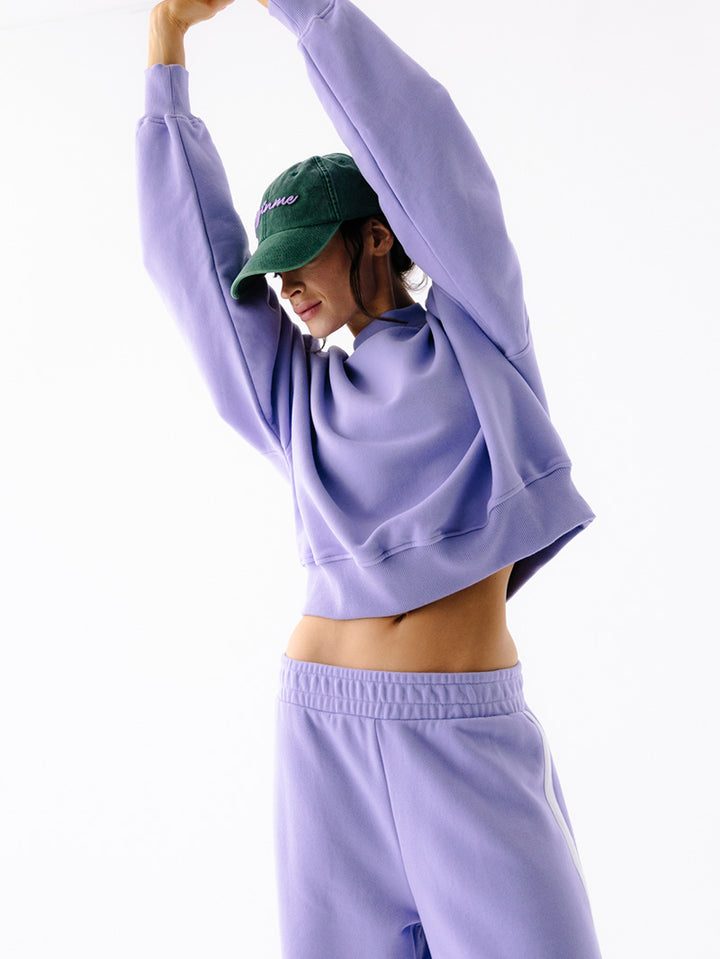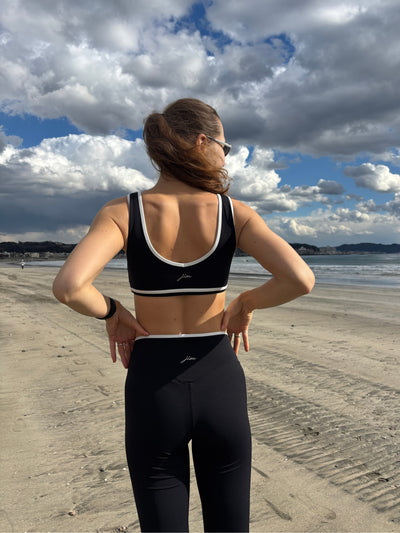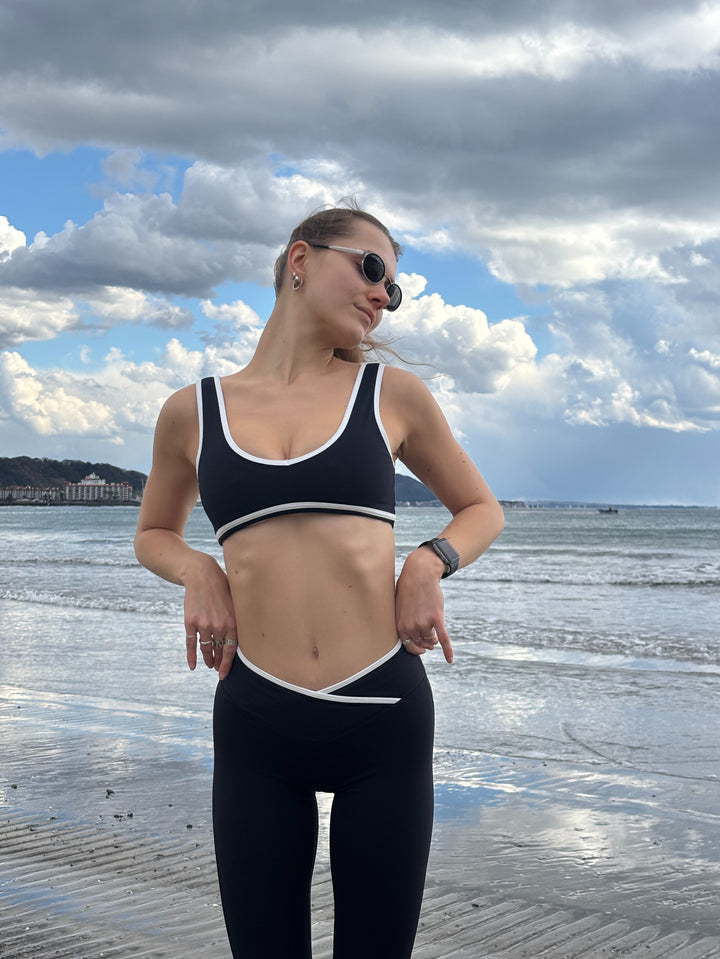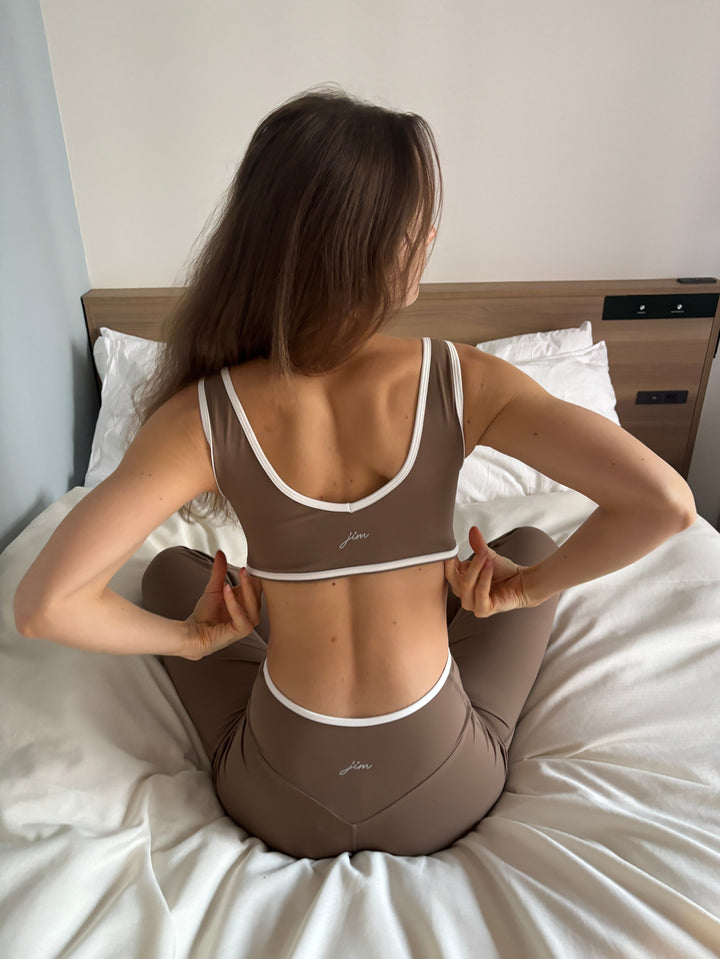Breathing in yoga
Breathing plays a key role in yoga practice. There are many techniques and exercises that can deepen your experience, such as relaxation or stress reduction. Mastering and controlling your breathing allows you to master your body and mind. It can help you calm down, relax, and reduce tension. There are several different breathing patterns that beginner yogis should be aware of.

How to breathe properly?
Everyday activities trigger three different types of breathing. We can distinguish between clavicular, thoracic, and abdominal breathing. We typically breathe from the upper chest, but experts say the healthiest breath comes from the diaphragm. In yoga, these three breathing techniques are used interchangeably for effective practice. A yogi should match their breathing style to the pose being practiced. Many people believe that proper functioning and health are ensured by proper breathing, and learning it will positively impact the entire body. Put on comfortable yoga clothes , roll out your mat, and experience the power of healthy breathing.
Yogic breathing
In yoga practice, we call breathing prana, while yama means lengthening. Controlling the breath is a combination of these two words, pranayama. It involves inhaling and exhaling through the nose without pausing. It can be learned by performing specific exercises. You can do them at any time of the day; a brief break is enough. Sit comfortably and keep your back straight. If you wish, you can lie down. Place your left hand on the lower part of your ribs, and your right hand on your stomach. Inhale through your nose, slowly filling your stomach, chest, and nose. Exhaling occurs in reverse order.
The second exercise involves breathing through only one nostril. Sit cross-legged, resting your right hand on your forehead, extending your thumb, little finger, and ring finger, while bending your middle and index fingers inward. Place your hand on your nose, with your thumb on the right side, and your fourth and fifth fingers on the left nostril. Rest your index and ring fingers on your forehead. Inhale and press your right nostril, exhaling through your left nostril. Repeat the exercise, alternating between closing the nostrils. Nadi-Sodhana breathing helps calm the mind and reduce muscle tension.
Breathe like a winner
Ujjayi breathing is considered a victorious breathing technique by Far Eastern teachers. It originates in the diaphragm, is full, and reaches the very tip of the ribs. Inhaling and exhaling resembles saying the letter "h" through closed lips. It's like blowing into a mirror to fog it up. To perform it correctly, you must tense the epiglottis muscles, located in the larynx (they prevent you from swallowing and breathing simultaneously). Both halves of the breath should be of equal length. At the same time, be careful not to create tension in the body. Repeat the exercise several times, and after completing it, sit for a moment with your eyes closed.
One classic pose that helps you relax and breathe more healthily is Shavasana. Lie on a mat, perhaps with a meditation cushion under your head. Spread your legs, place your arms at your sides, and close your eyes. Take a few slow breaths from your diaphragm. This will fill your body with harmony and peace. Feel the relaxation and learn healthy breathing.




